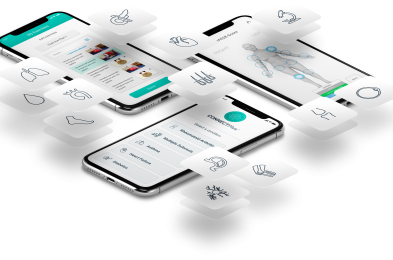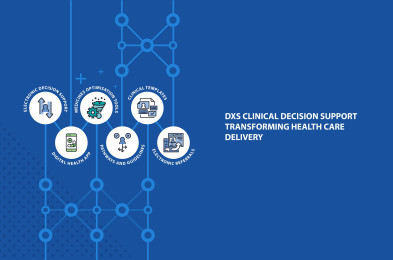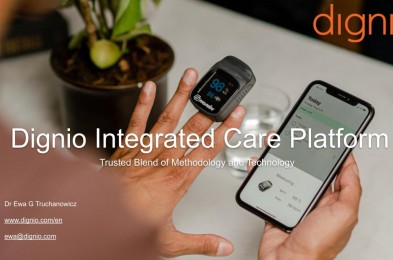AposHealth
NICE MedTech Innovation Briefing is available at: https://www.nice.org.uk/advice/mib284
4.11 million people in the UK have knee osteoarthritis, of which 1.4 million people have severe osteoarthritis requiring surgical input and is the primary cause for knee replacement surgery (98%). In 2017, a total of 112,836 procedures were carried out at a cost of £842million.
The elective care backlog as a result of COVID has resulted in the longest waiting lists since records began. Patients waiting as little as six months longer for joint replacement surgery have up to 50% poorer outcomes, additional costs due to increased morbidity associated with longer waiting times.
About
Apos is a non-invasive, foot-worn medical device for patients with moderate-severe osteoarthirtis. This physiotherapist-led treatment improves joint pain and function to delay or avoid the need for knee replacement surgery. It can be delivered via telemedicine. Our health economic modelling demonstrates that implementing Apos into a knee pain pathway can reduce MSK spend by approximately 35% per organisation. AposHealth also offers a risk share arrangement for commissioners.
Real world evidence in the NHS demonstrates 84% of knee surgery candidates were able to avoid surgery at 2 years following Apos treatment.
It is the only treatment mode that addresses both the biomechanical and neuromuscular pathology resulting in a pronounced therapeutic effect on pain and joint function that is maintained for prolonged periods. Within the treatment pathway, AposHealth is best positioned after core therapies like physiotherapy have failed and before the disease progresses to requiring replacement surgery. The treatment can be easily integrated into existing knee pain pathways.
Patients are empowered for self-management in the comfort of their own environment. Overall patient satisfaction is 98%. The device is based on well-established scientific principles associated with normal and compensatory movement patterns, improving the pathological gait patterns of patients with knee osteoarthritis. Using computerised gait analysis, each device is calibrated specifically for the patient, involving manipulation of the centre of pressure to significantly reduce pain whilst in the shoe device and provide proprioceptive muscle training using convex ‘Pertupods'.


